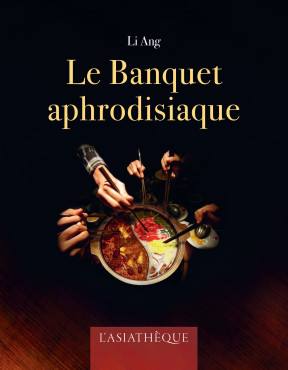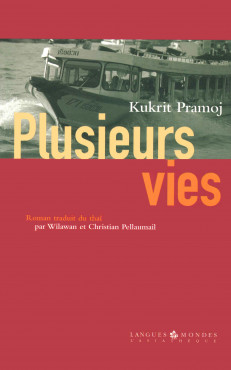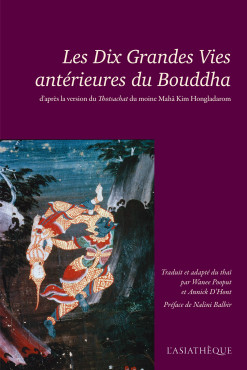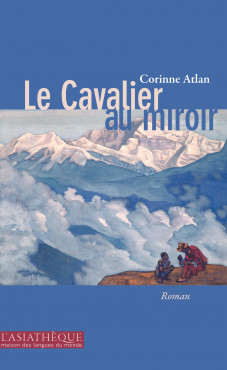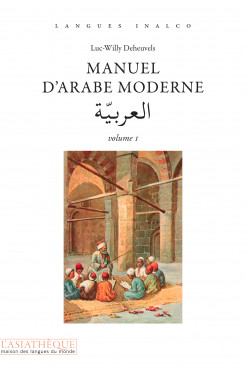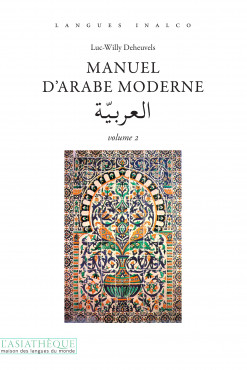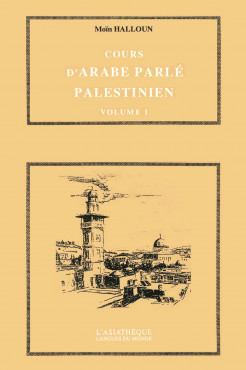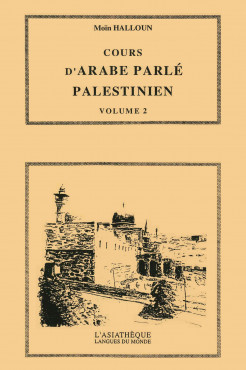Syaman Rapongan
Syaman Rapongan, a writer-fisherman belonging to the Tao indigenous group (from Orchid Island, Taiwan), delivers in this autobiographically inspired story a social chronicle of Taiwan in the 1970s and 1980s. This period is the scene of a youth made of identity wandering and discrimination for the author who leaves his native island for the "civilized" metropolis. Syaman Rapongan places the cultural heritage of the Formosan natives in a transpacific but also Taiwanese perspective.
Li Ang
A tale of the story of Wang Chi-fang's family, from the end of the 19th century to the 21st century. This is a coming-of-age novel in which food is a metaphor for Taiwan's hybrid condition.
Tiunn Ka-siông
A musical novel by a young author to watch, the Taiwanese heir to García Márquez
Kukrit Pramoj
Retraces 11 destinies, from childhood to the final shipwreck. The author paints a picture of Thai society in the fifties, transcending exoticism to reach a universal humanism.
Ten stories from episodes of the past lives of Buddha Gotama. Each of them is connected, according to Thai tradition, to a cardinal virtue: renunciation, courage, compassion, resolute faith, wisdom, moral conduct, patience, equanimity, honesty and gift. Preface by Nalini Balbir
Corinne Atlan
In Tibet, at the end of the 19th century. Tashi is a spy for the British and Namgyal, 16, has enlisted in the Tibetan army, which must counter the advance of British troops on Lhasa. Tashi drags out an unhappy love and lives alone while Namgyal blossoms into marriage. Throughout the story, a mirror passes from hand to hand and concretizes the links between the characters.
Luc-Willy Deheuvels
This method offers supervised or self-taught beginner students the opportunity to acquire the minimum of knowledge to face modern texts on their own. The main syntactic and morphological structures are presented. All the exercises read aloud are corrected orally on the audio CDs. Recomposed edition, revised statements and memos at the end of each lesson.
Luc-Willy Deheuvels
This method offers supervised or self-taught beginner students the opportunity to acquire the minimum of knowledge to face modern texts on their own. The main syntactic and morphological structures are presented. All the exercises read aloud are corrected orally on the audio CDs. Recomposed edition, revised statements and memos added at the end of each lesson.
Moïn Halloun
This first volume of the Course in Spoken Palestinian Arabic presents, in addition to the texts of each lesson, the grammatical rules necessary for the acquisition of the fundamental structures of the language. It also includes application exercises, a lexicon and conjugation tables.
Moïn Halloun
A continuation of Volume 1 of the Palestinian Spoken Arabic Course, which presupposes a solid basic knowledge of the language and aims to broaden the student's communication skills. This volume, which refers to the conjugation tables presented in the first volume, focuses on the texts: short stories, evocations of everyday life, and pleasant tales which are repeated at the end of the volume in both French translation and in Arabic script.

